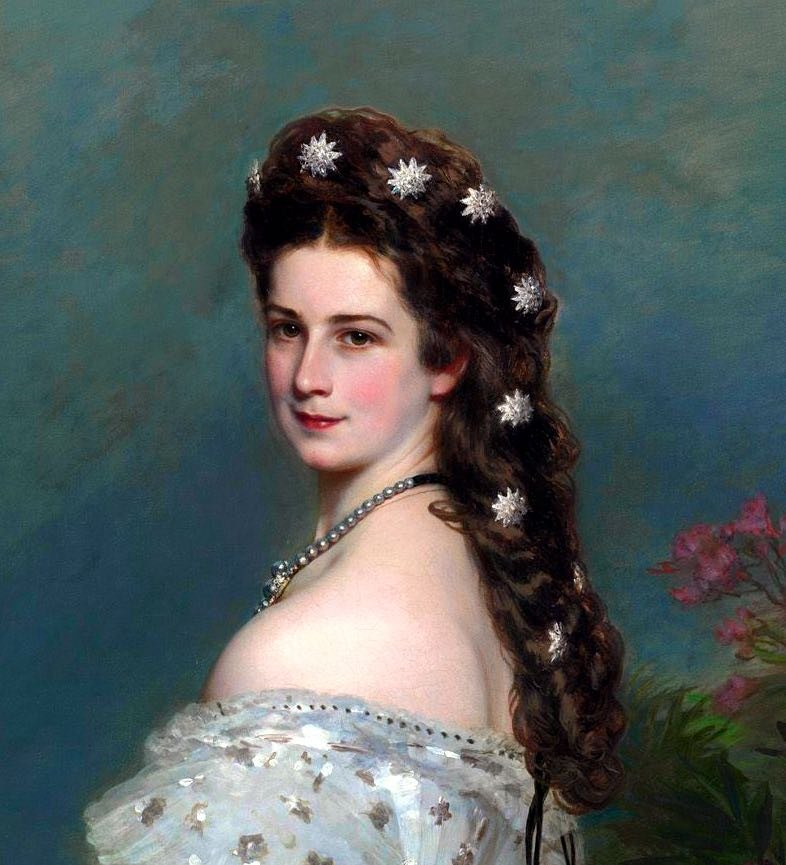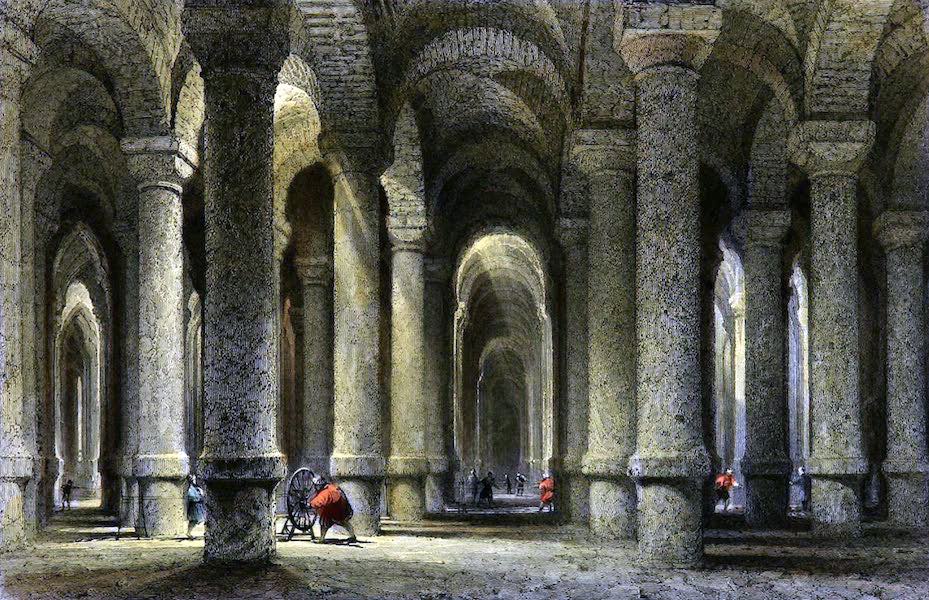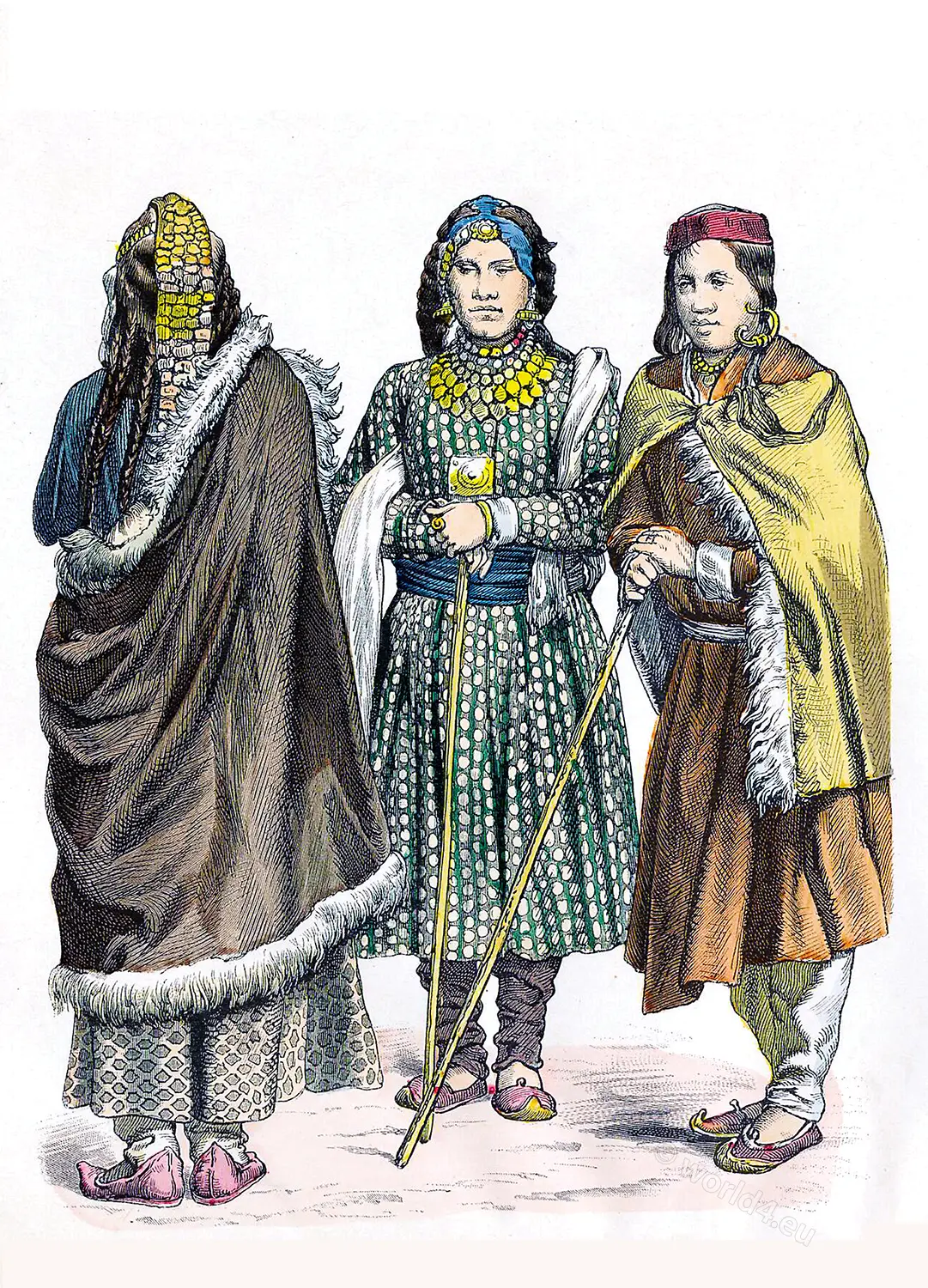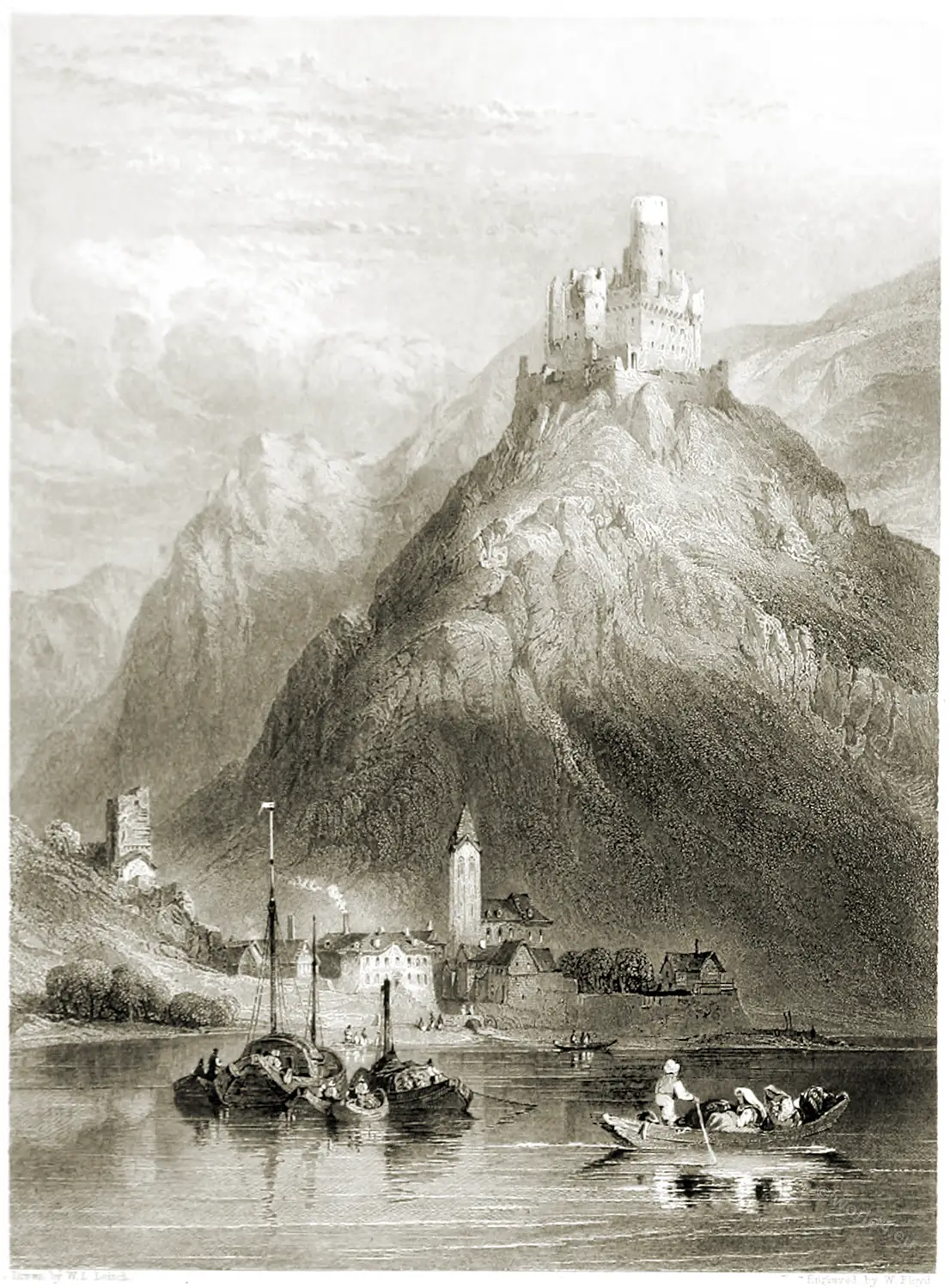Mo divination, also called Shomo.
Mo is a form of foresight (also known as divination) that is part of Tibetan culture and religion. Tibetans turn to Mo when they have to make important decisions about health, work or travelling.
In Tibet it is also called Sho-mo – divination on the bones. The name Mo is also associated with this type of divination. Treng-mo refers to divination with the help of a rosary.
The book “Mo: A Tibetan System of Divination“ was compiled by Jamgön Ju Mipham Gyatso (1846–1912), a great scholar and saint of the Nyingmapa tradition of Tibetan Buddhism. Mo’s prediction is mainly based on the Kalachakra Tantra (anuttara-yoga) and additional explanations from the “Ocean of Dakini”.
There are several manuals written by different lamas, different schools, where special dice, rosaries, special playing cards, coloured laces (or ribbons) are used. Mo’s answer is seen as coming from Manjushri, the Bodhisattva of Wisdom.
To predict Mo of Jamgön Ju Mipham Gyatso, you need two (or one) special dice with the syllables of the Manjushri mantra *) and a book with explanations. You have to do a short meditation on Manjushri, recite his mantra, concentrate on the question and throw the dice. The inscriptions on the dice will be the result of the answer. The explanations in the guide should answer your question, but additional interpretation may be required. It is important to be initiated into this method by a teacher, especially if you want to make predictions for other people.
The fact that the most famous Tibetan lama, the Dalai Lama, also refers to Mo when making important decisions is a confirmation of the fact that the method is common among Tibetans
*) The mantra of the bodhisattva Manjushri is: Om A Ra Pa Ca Na Dhih. Together with Avalokiteshvara and Vajrapani, Manjushri is one of the three great bodhisattvas. He helps to overcome ignorance and attain wisdom.
From the mathematical point of view, Moe’s prediction system with dice is a combination of two numbers, each of which is in the range from one to six. Thus, 36 options are possible. Mathematically, the probability of a variant with a good overall interpretation can be up to 77.8%. However, not all interpretations have a clear negative and positive direction, as there are six directions and a veiled philosophical slogan. Therefore, the probabilistic analysis and mathematical model are much more complex and require further study.
Further reading: Daisuke Murakami, “Aspects of the Traditional Gambling Game known as Sho in Modern Lhasa — religious and gendered worldviews infusing the Tibetan dice game — ”, Revue d’Etudes Tibétaines, no. 29, Avril 2014, pp. 245-270. (Waseda University, Tokyo)
Source: In the Forbidden Land: an account of a journey in Tibet by Arnold Henry Savage Landor. London 1898. Published by W. Heinemann.
Discover more from World4 Costume Culture History
Subscribe to get the latest posts sent to your email.








